"Such a powerful kingdom that imposed its influence and control between the 8th and the 4th centuries BC." As described by the United Nations Educational, Scientific and Cultural Organization (UNESCO), and even as the greatest ancient African civilization. UNESCO added its archaeological capital in the 2011 World Heritage List. The capital extended from south of Aswan to the sixth waterfall in north of Khartoum.
""The Kingdom of Kush" ... was described by the Egyptologist “Walter Emery” in his book “Egypt in Nubia” as the battlefield of the ancient world and the most significant area in the African continent. Momentous historical events took place on its land and had a significant impact of the civilization development. Nubia is the most significant area of conflict in the ancient world. It was divided between Upper and Lower Nubia. Lower Nubia, which was known as “Wawat”, lies inside the Egyptian borders between the first and second cataracts, while Upper Nubia, Kush, extends from the south of the second cataract to “El Daba in Sudan.

Ancient Nubia was home to three kingdoms ruled in ancient times, “Kerma” Kingfom, (24th -15th BC), “Nabta” Kingdom, (10th- 3rd BC), and “Meroe” kingdom (3rd BC- 3rd AD).
The engravings on the tablet of “King Senusret I”, the second pharaoh of the Twelfth Dynasty of Egypt, are the earliest traces of the name of the kingdom. It depicted the pharaoh offering ten chained prisoners to a falcon, which is “Montu” the god of war in ancient Egyptian religion. The prisoners represented the cities and regions of Nubia; under each prisoner was an inscription of the city or the Nubian region to which he belongs, and on top of all “Kash” name, the Kingdom of Kush.
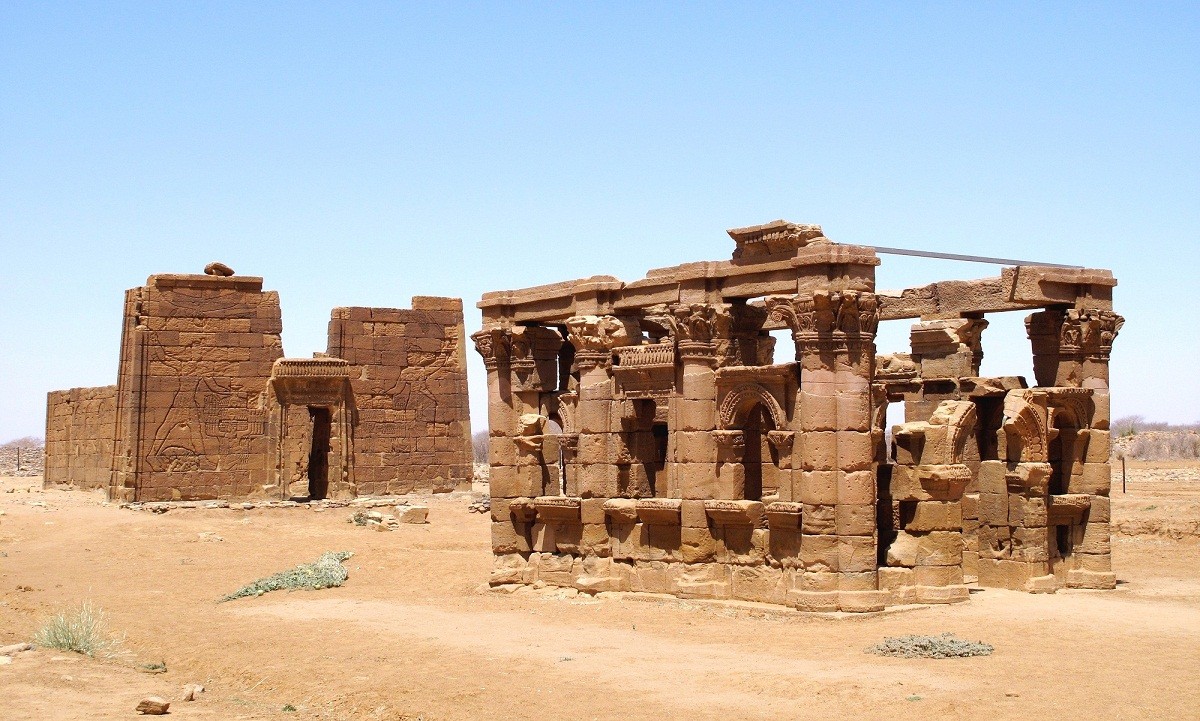
The power and prosperity of the kingdom of Kush coincided with the beginning of the weakness of the Middle Pharaonic Kingdom Pharaonic (late 22nd century-17th century). Kush’s troops began to march towards the north, so King Senusert III, the fifth Pharaohs of the Twelfth Dynasty in the middle of the 19th century, launched 37 military campaigns against them, and occupied it. He, then, built 17 fortress and castles between the first and second Cataracts; 14 ones were built in Lower Nubia including Semna and Kumna fortress, while three others were built in Upper Egypt which are :Alvntin, Mountain of Chain, and Coptania Fortresses. Nubians were forbidden to cross the second Cataract.
The engravings on the Carnarvon writing board records the text of the Karnak tablet of King “Kamose”, the brother of King Ahmose I, the founder of the 18th Dynasty. Carnarvon is a living proof of how the Kush kingdom posed a danger to the Egyptian state, as it records the danger coming from south during the Hyksos’s occupation of Egypt. It engraved “Kamose” saying: "I want to know how strong I am. There is a foreign king In Oaris, and another king ruling in Kush." It also mentions that during Kamose's reign, a messenger of the Hyksos was captured in in the Oasis region, as he was going to Kush to form an alliance with its prince against Egypt.
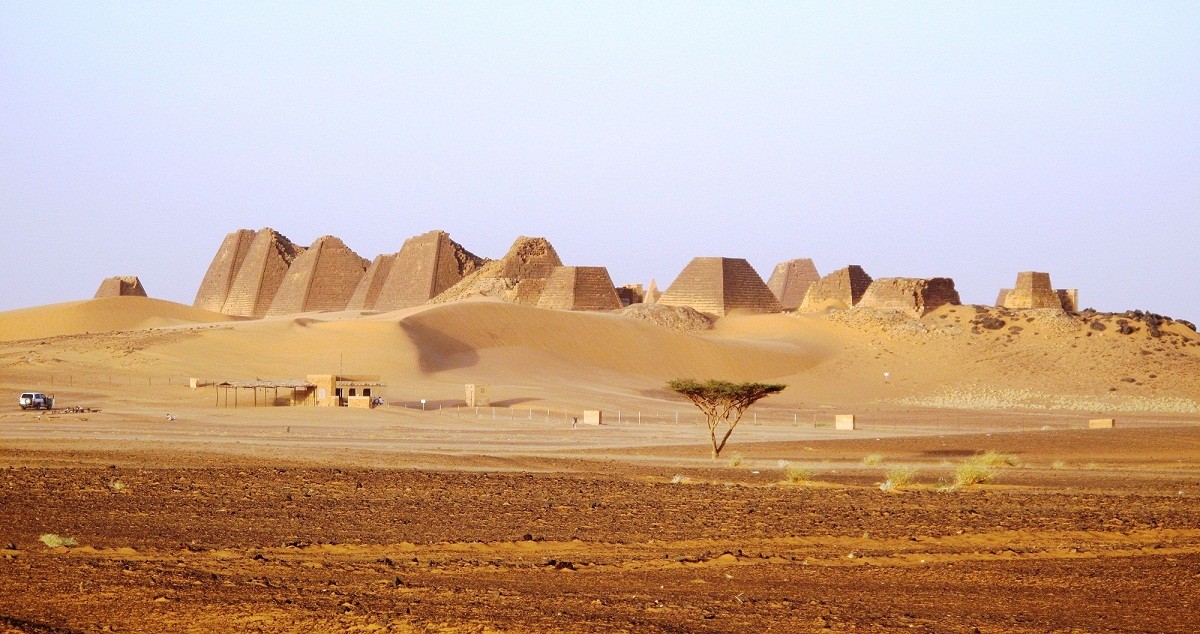
Tuthmosis III, the sixth king of the 18th Dynasty, brought Nubia, up to the fourth cataract, under his control for six centuries. The actual ruler of “Kush” was the vice pharaoh. Back at that time, Nubia reached the highest level of prosperity, as the trade exchange between Egypt and Nubia expanded, and Nubians adopted most of their customs and traditions. The revolution led by Amenhotep IV, also known as Akhenaten that called for worshipping one god in the late 14th century, drove some of Amon's priests to immigrate to the Mountain of Berqul and settle in “Napa” city in Nubia.
In the 8th century BC, the Nubians exploited the weakness of the Egyptian state, and The Nubian Pharaoh “Kashta”, the great first kings of Kush was able to recover the independence of his country and established a capital for his kingdom in “Nabta”, south of the fourth cataract. Archaeologists found an archaeological stone near Aswan, still preserves his image, written next to it "King of Upper and Lower Egypt," as Kashta gave himself the same title used by the Pharaohs of Egypt.
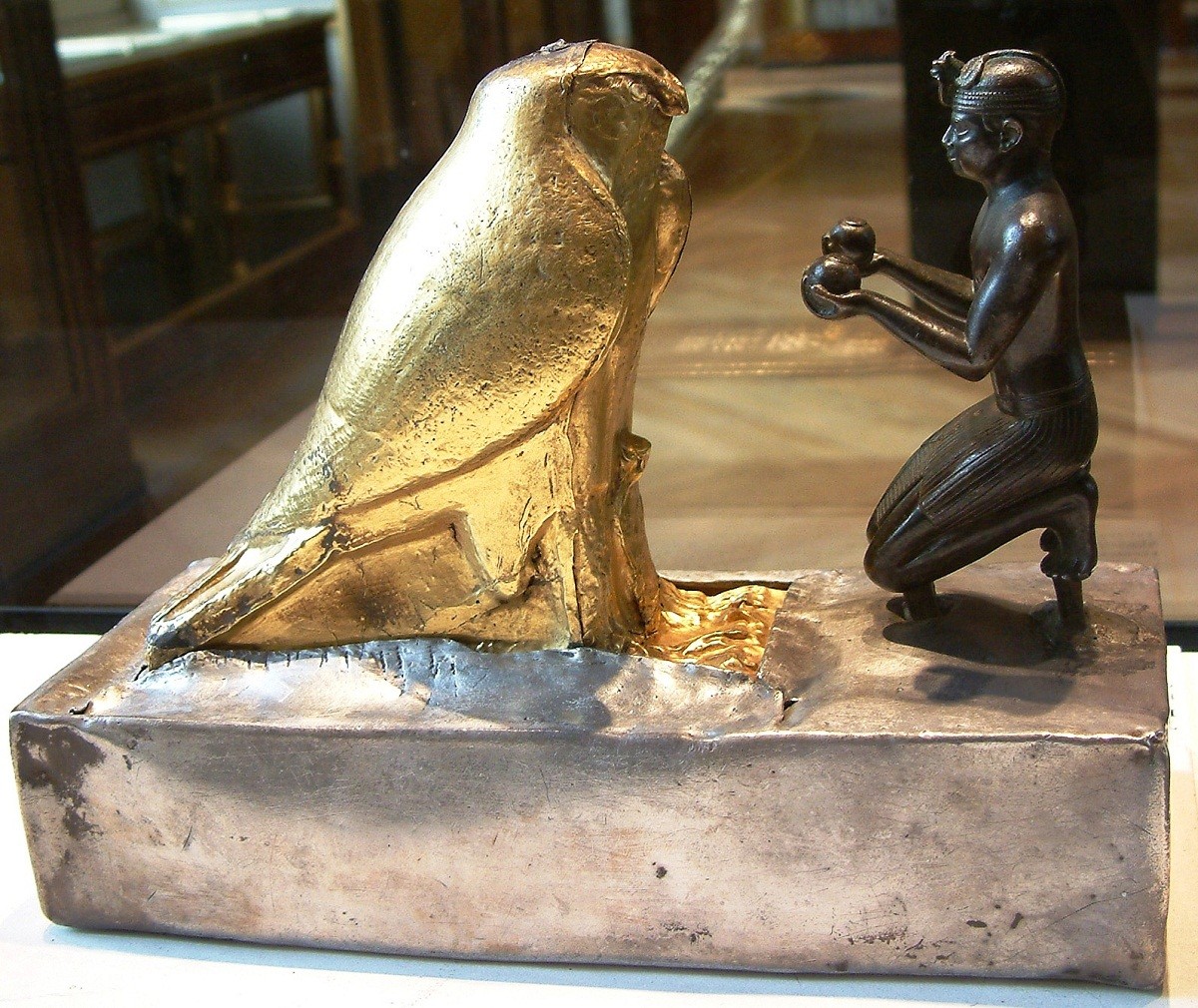
After Kashta’s death, his son, King “Beneghi”, who succeeded him, attacked Egypt from the south and occupied it in 725 BC. He founded the 25th Dynasty, whose influence extended from the shores of the Mediterranean Sea to the depths of Africa on the outskirts of Abyssinia. The 25th Dynasty, known as the Kushite family, became a great power.
Kush followed Egyptians in all their aspects of life and civilization. Kush kings took the same Pharaonic titles, and made the Sun God “Amun” the official god of the state. They even built their tombs on the Egyptian way and decorated them with hieroglyphics and inscriptions. Moreover, the Kushite princess “Amani Ridis”, the daughter of King “Kashta”, married the God Amun in Thebes and became known as the "God’s Wife”, which shows to what extent the Egyptian culture left a great influence on the Nubians.
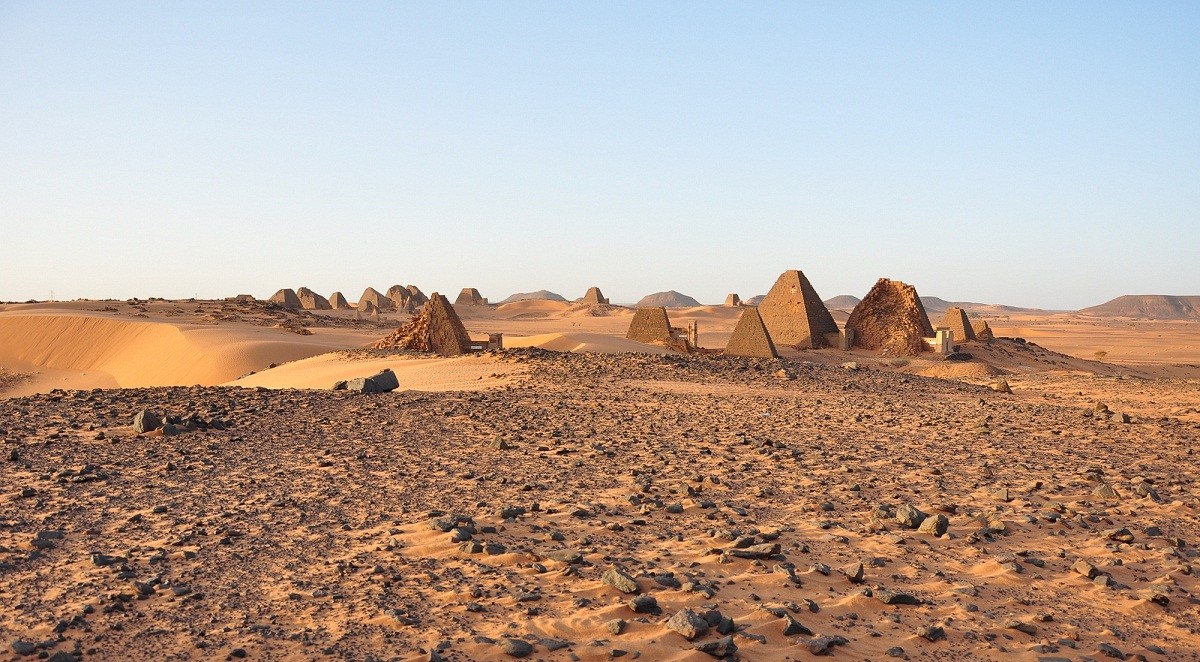
In the 6th century BC, the capital moved from Nabta to Meroe, which was described as the "Ancient Birmingham of Africa". The monuments indicate the extent of its prosperity and progress, as there are 240 pyramids. The largest pyramid is for King "Taharqa", a son of “Piye” who the Assyrians, in his reign, occupied the capital Memphis and captured his wife and son. The pyramid of Taharqa, which is 150 feet, is along with a number of temples including the "Temple of the Sun" that is very popular around the world. In addition to piles of lava waste, that got out from the iron blast furnaces. The capital continued to spread the beliefs, ideas and artistic capabilities.
Although Kush is the most distinguished civilization in Africa by its African attribute, it took advantage of the various aspects of life around it. Perhaps the temples of the city of “Naq'a”, that is 170 kilometers northeast of Khartoum and 50 kilometers east of the Nile River are the best proof. Archaeologists described “Naq'a” as one of Africa's most important cultural centers, as it includes a collection of temples date back to the (4th century BC- 4th century AD), in which temples of “Amun” and “Abadamak” are the most significant.
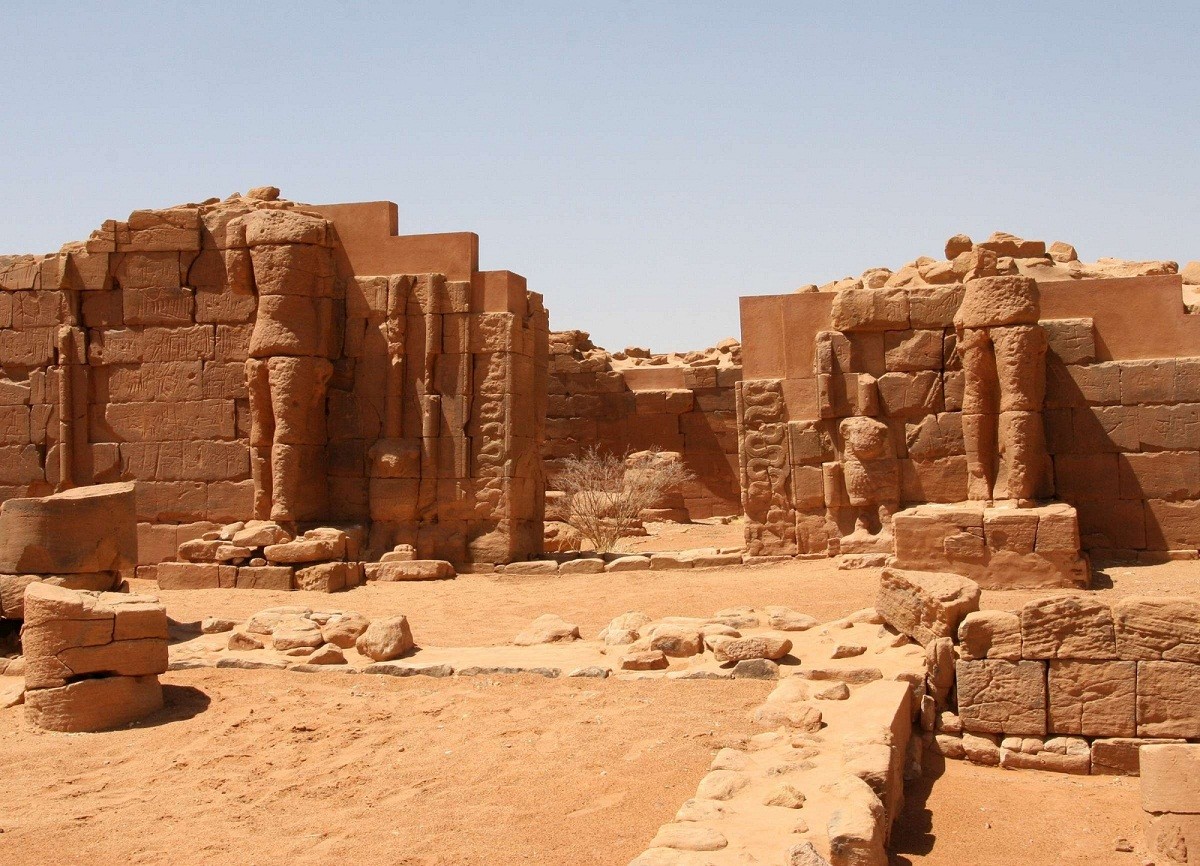
The temples of the city of “Naq'a” are characterized by the Egyptian style, as well as the back wall of the Lion Temple that is the most fabulous monument in Sudan. The Lion Temple was founded by king “Arkamani” in the late 3rd century BC and has engravings of a human body with four arms and three lion heads. Archaeologists confirm that this kind of art was leaked from India. A stroll away from the Lion Temple is another temple that reflects the Romanian art.
Researchers found in the hill of Gebel Barkal a stone tablet dates back to the reign of King “Tanwetamani”, last king of the Kushite kingdom and one of the descendants of Pharaoh Piankhy. The obelisk has engravings that portrays the complete invasion of Egypt, and is currently in the Egyptian Museum in Cairo. It illustrates “Tanwetamani’s” invasion of Egypt after the Assyrian retreat. Furthermore, it refers to his coronation in Jebel Barkal by the two snakes he saw in his dreams that made him believe that he would become the king of Kush and Egypt. Surprisingly, his dreams came true, and he ruled Egypt and Kush for two years.
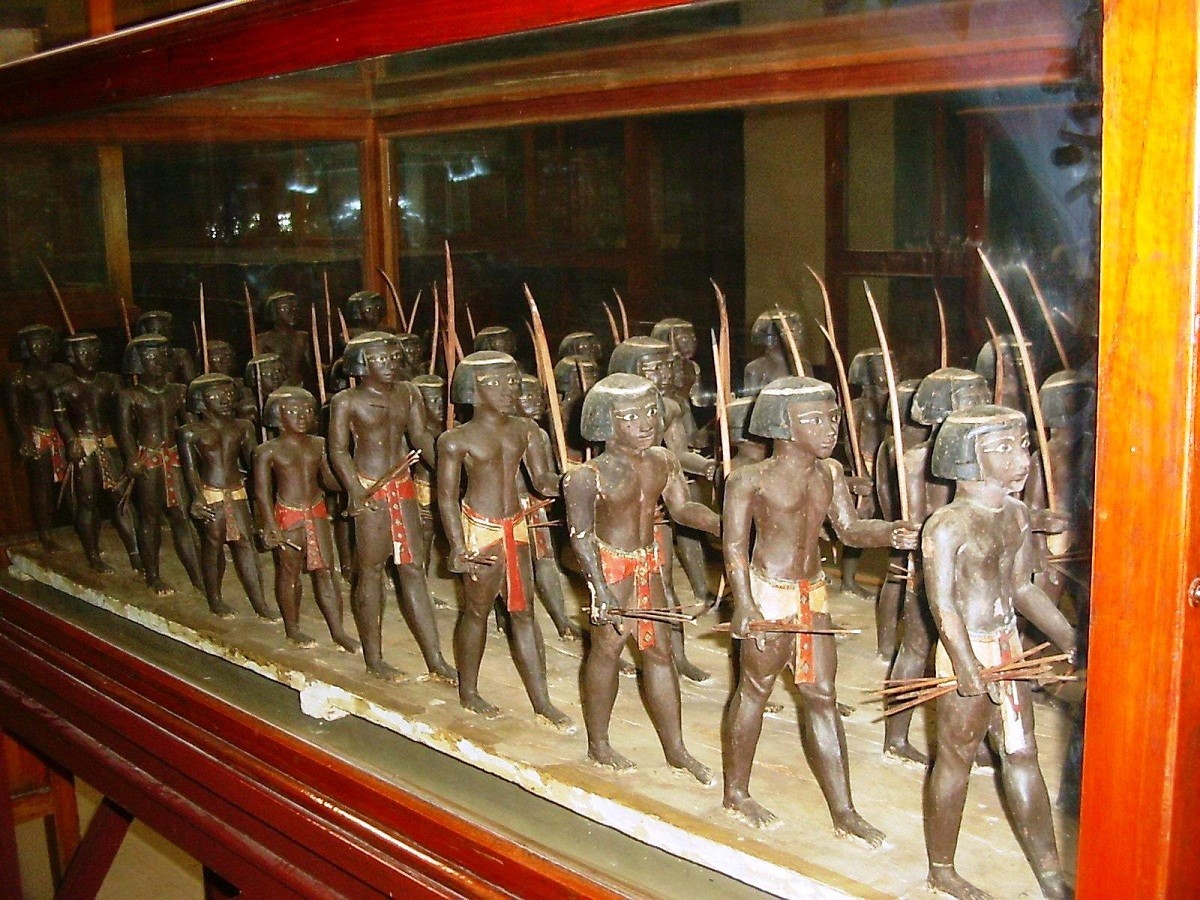
When “Ashurbanipal”, the last king of the modern Assyrian empire, who was named the king of the world, knew that the Kushians had regained control over Egypt and sent an army to take a revenge. The army attacked the city of Taiba and robbed its holy places. As a result, “Tanwetamani” retreated to Kush and settled there until his death. Archaeologists found only one headless statue for him in the hill of Jabal al-Barkal, which is currently in the Toledo Museum of Art in the USA. The Assyrians have appointed an Egyptian ruler on Egypt's throne, "Ibsmatik the first"
Archaeologists found another gigantic granite statue in Jebel Barkal that is for King “Atlanersa”, and is now at the Boston Museum of Fine Arts in Massachusetts. They also found a temple and a cemetery dedicated to him, but both were unfinished. Historians believe that his sudden death prevented their completion. While some historians believe that he was the king, the Historian “Herodotus” wrote about, who instigated the Egyptian soldiers on Elephantine island to escape to Kush, in order to help him conquer his enemies in the south of his kingdom in return for some lands in his kingdom, which they indeed received later and built for them new cities. After six centuries, some Roman writers wrote that their descendants were so far settled in these cities.
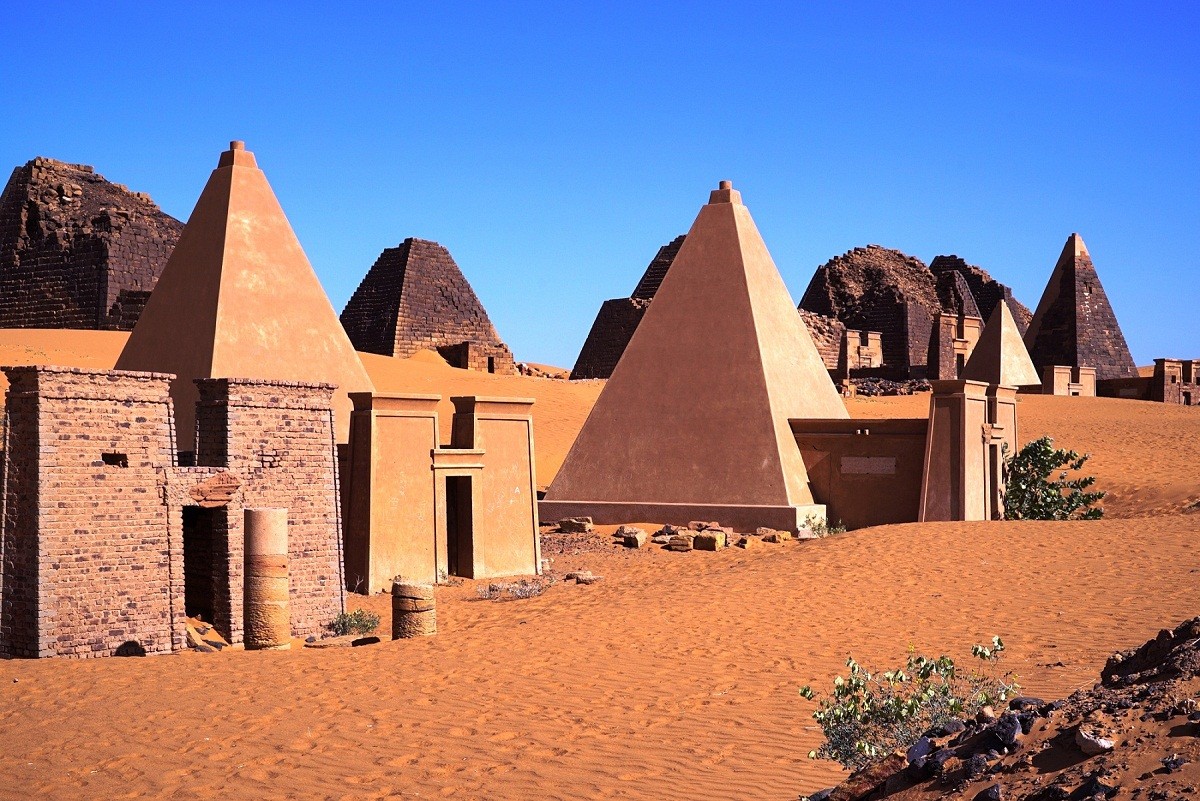
King “Arkamani”, was the only king who the ancient Greek historians mentioned his name. “Agasar Sondosi”, the Greek Historian, said in the 6th century BC, that “Arkamani” rebelled against the priests of Amun, who demanded him to suicide, but he refused unlike former kings, and marched his army to the temple and killed the priests. Historians believe that “Arkamani’s” reign was a real beginning of the Meroitic period, in which the Kushians began to develop their own artistic and architectural styles that are quite different from the ancient Egyptian methods. They invented the Meroitic writing to use instead of the Egyptian hieroglyphic language, they even stopped worshipping god Amun, and worshiped the Lion God Apedemak for his strength.
One of the most important monuments that remains, so far, in southern Egypt are the Philae Temples, which is a small island in the middle of the River Nile, located 4 km south of the Aswan reservoir Low Dam. Isis temple is the oldest remains of the Temple of Philae, and dates back to the reign of King Taharqa in 700 BC, along with the temple of "Kalabsha" that was dedicated to the worship of the Ancient Nubian God “Mandolis” and which was described as the most complete temple in all Nubia.

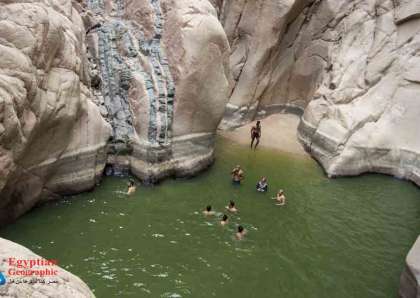


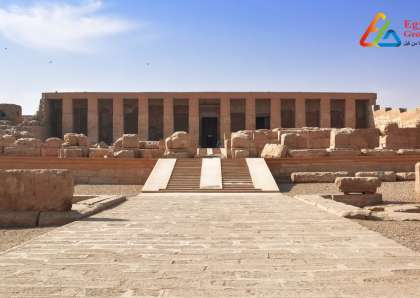
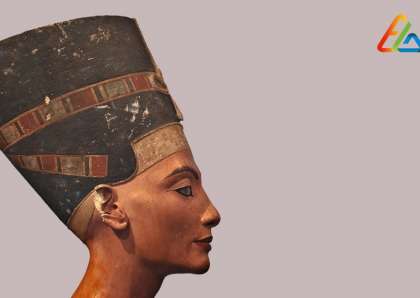
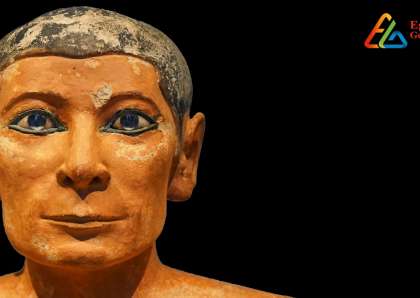
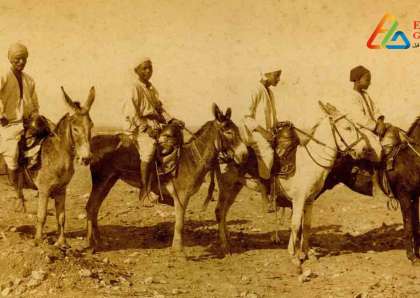
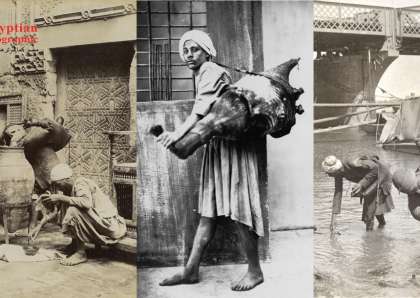
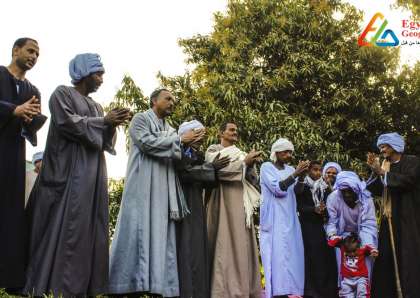







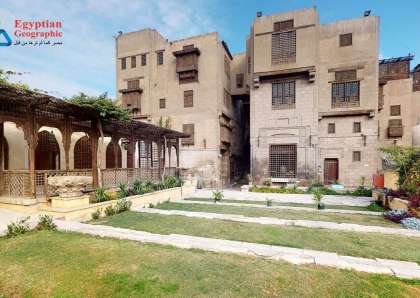
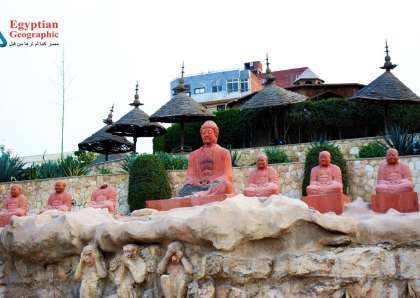
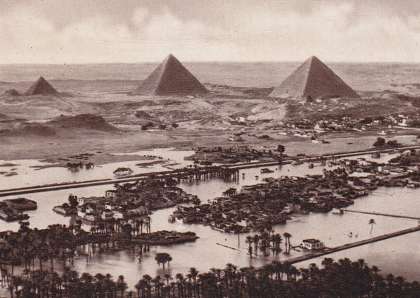
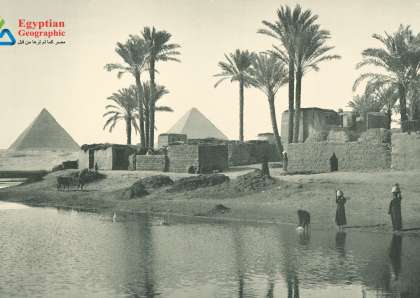

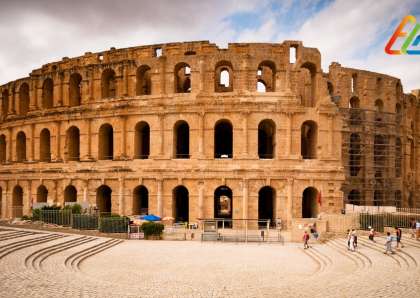
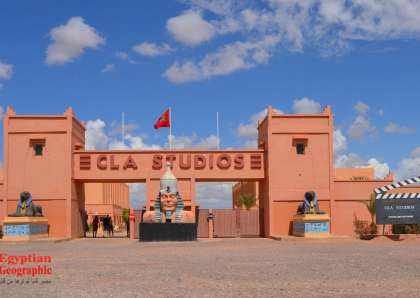

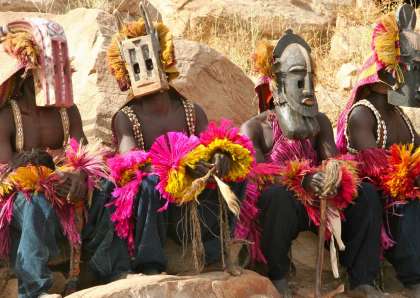


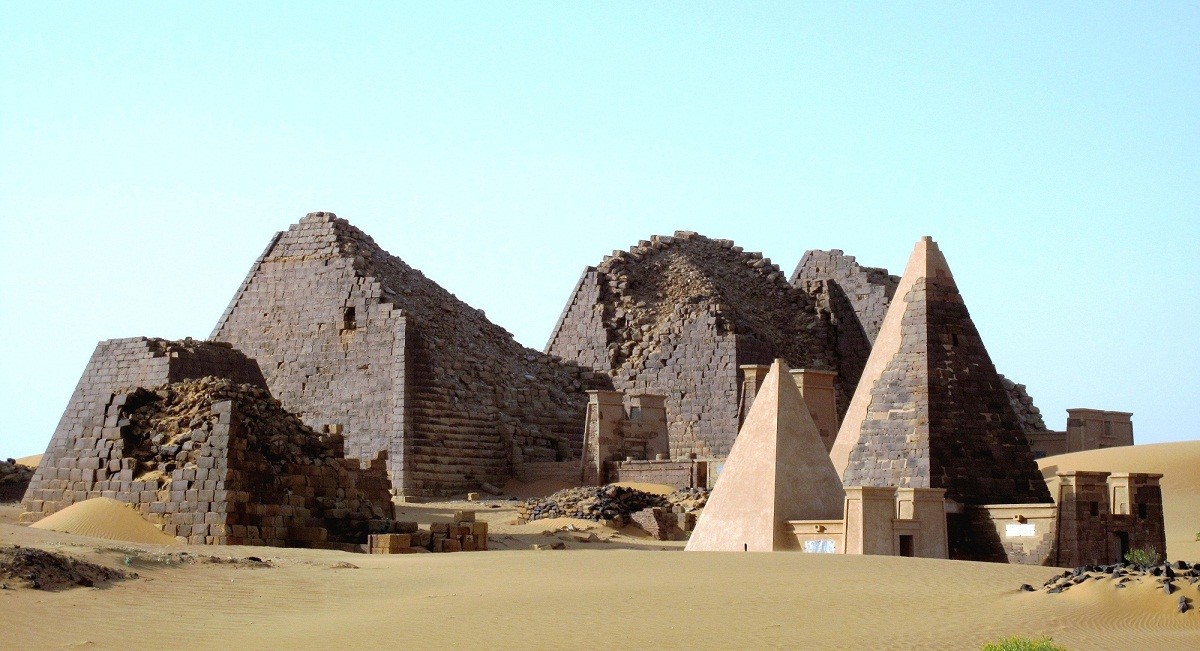






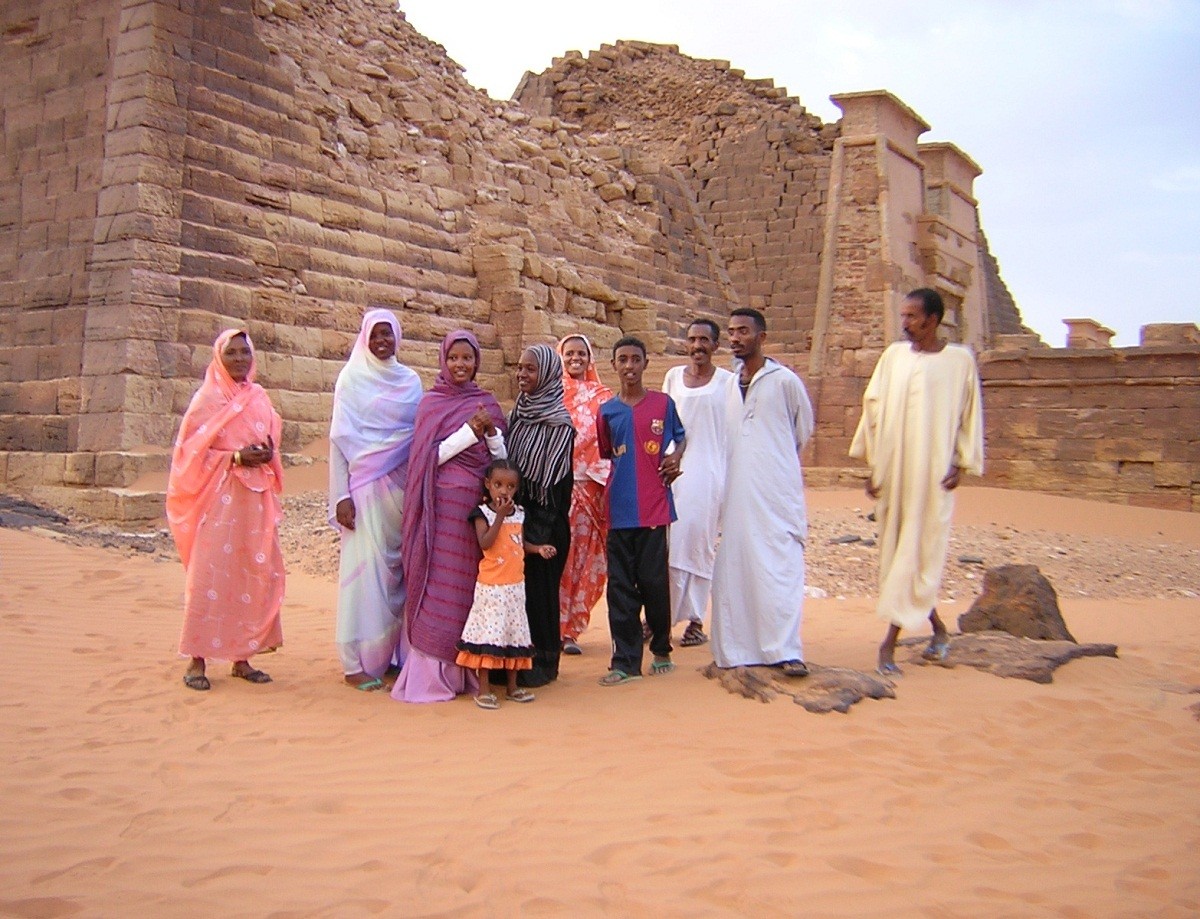
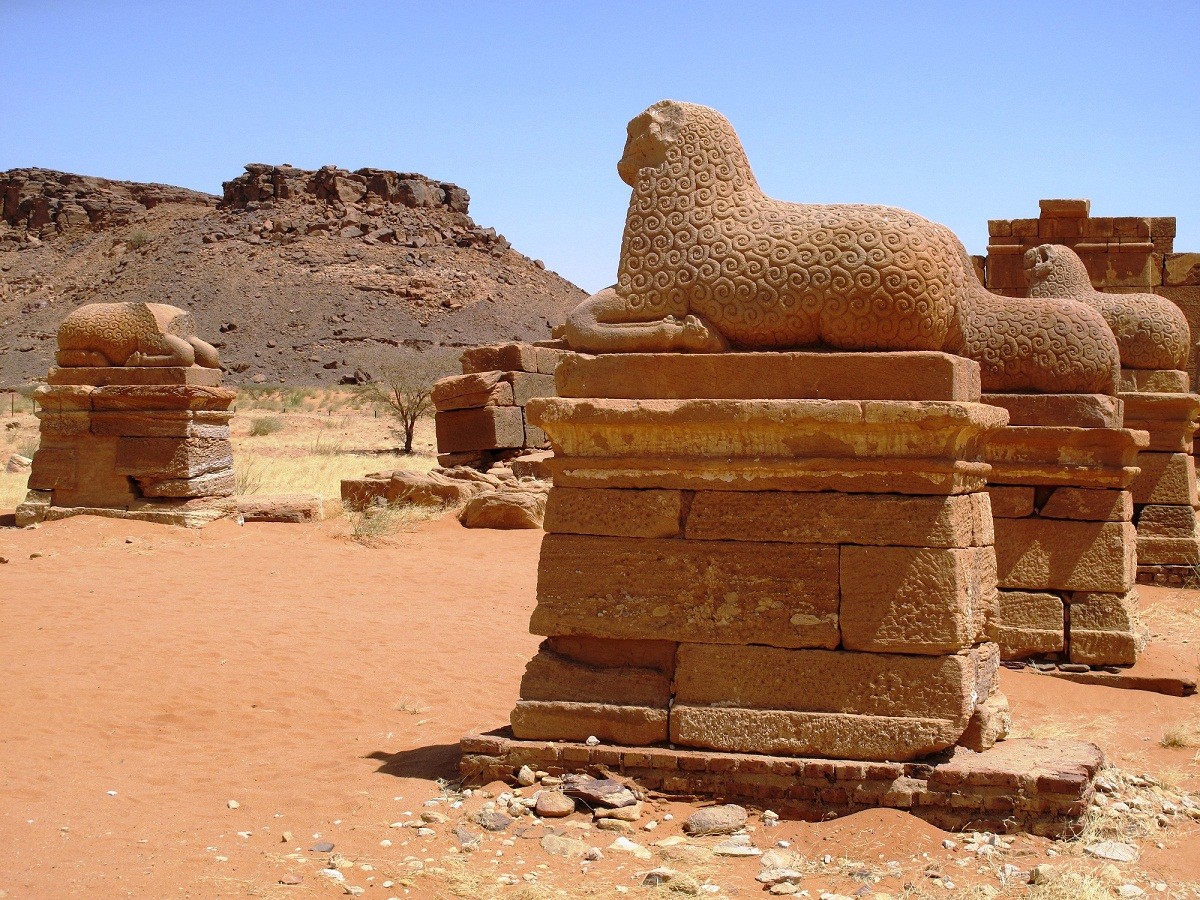
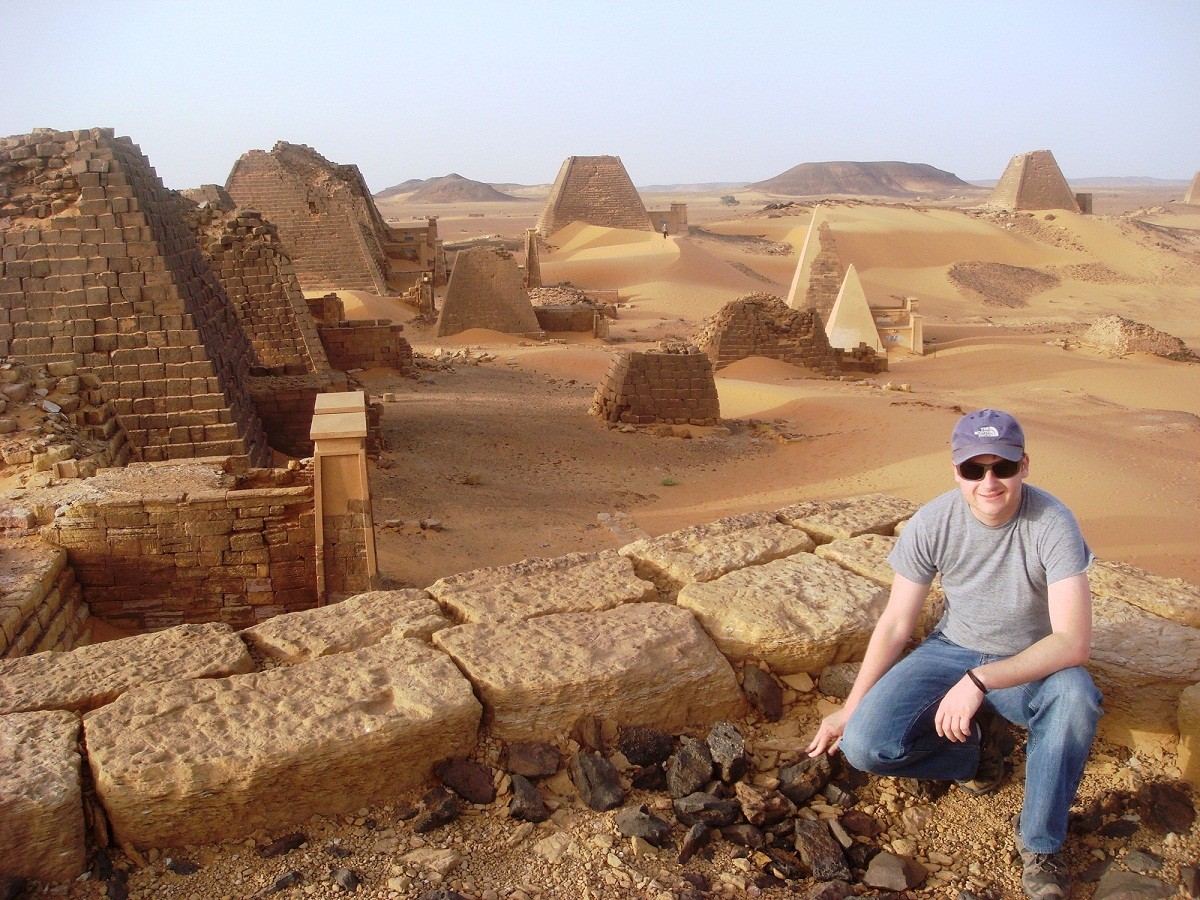
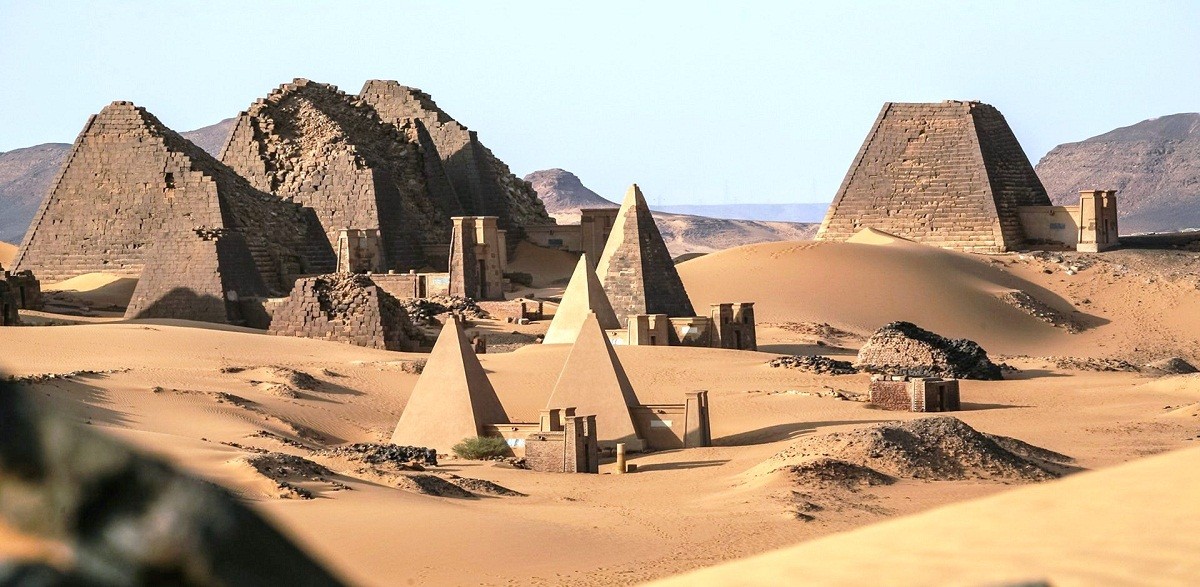
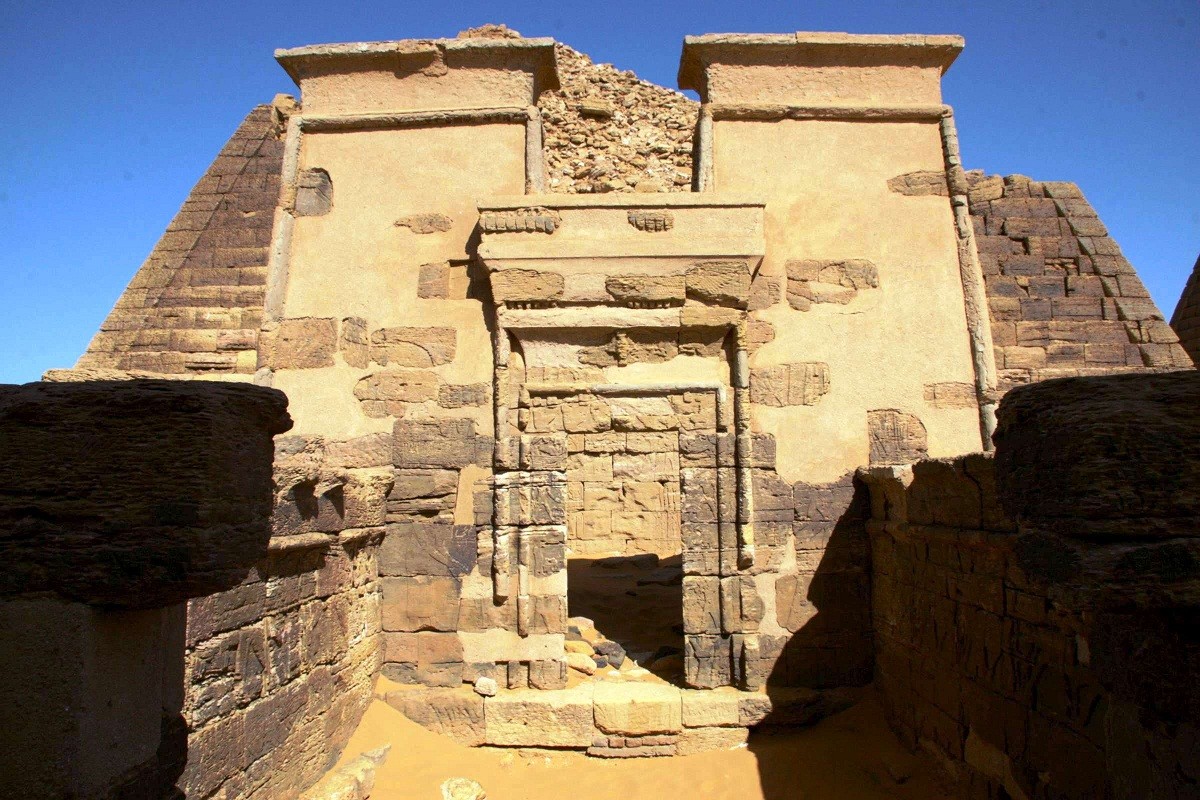
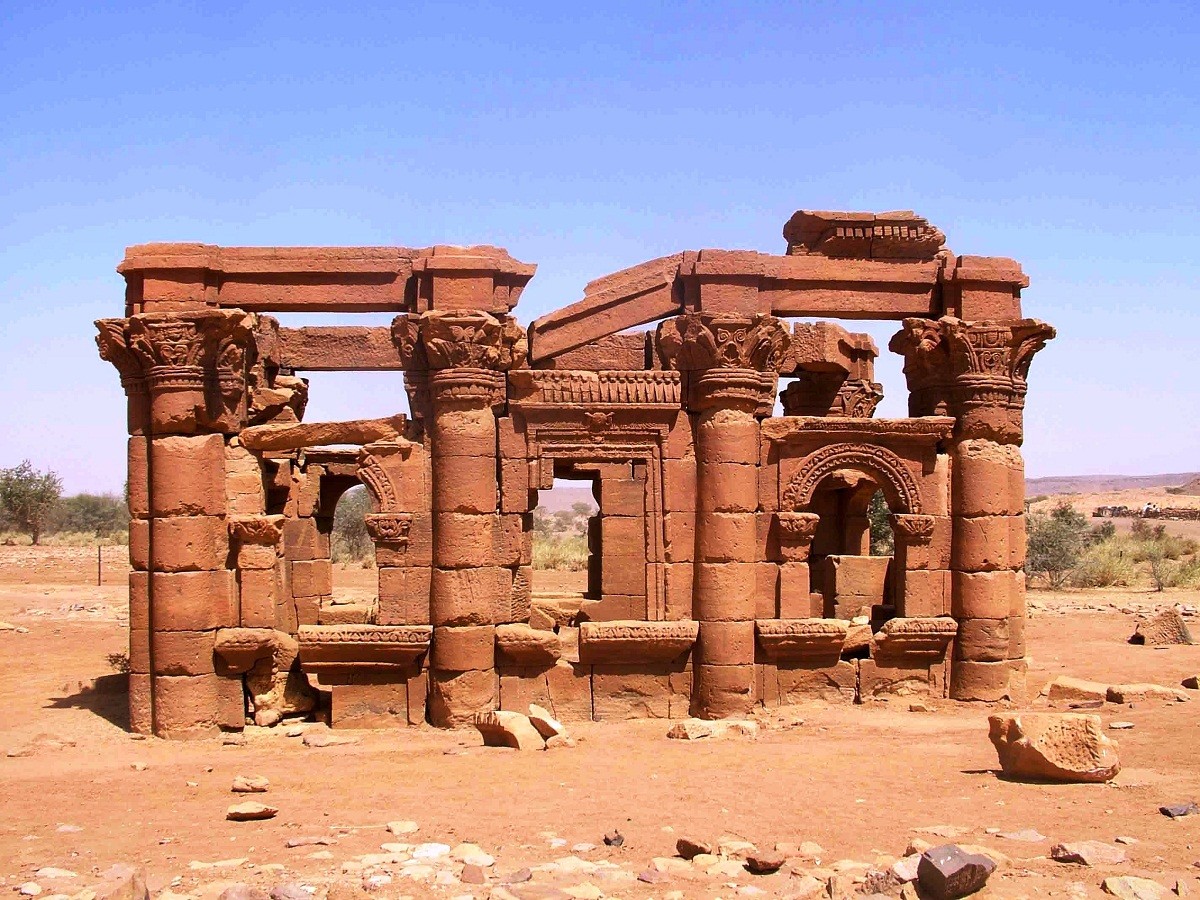
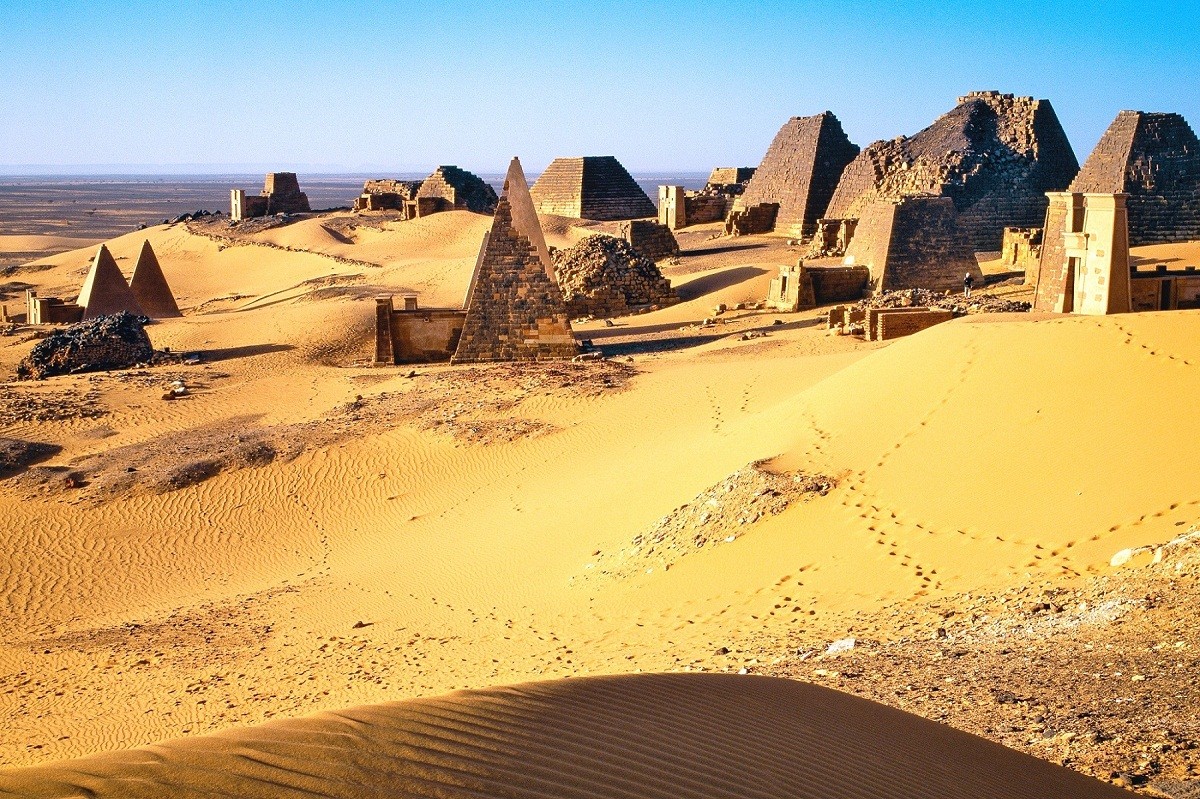

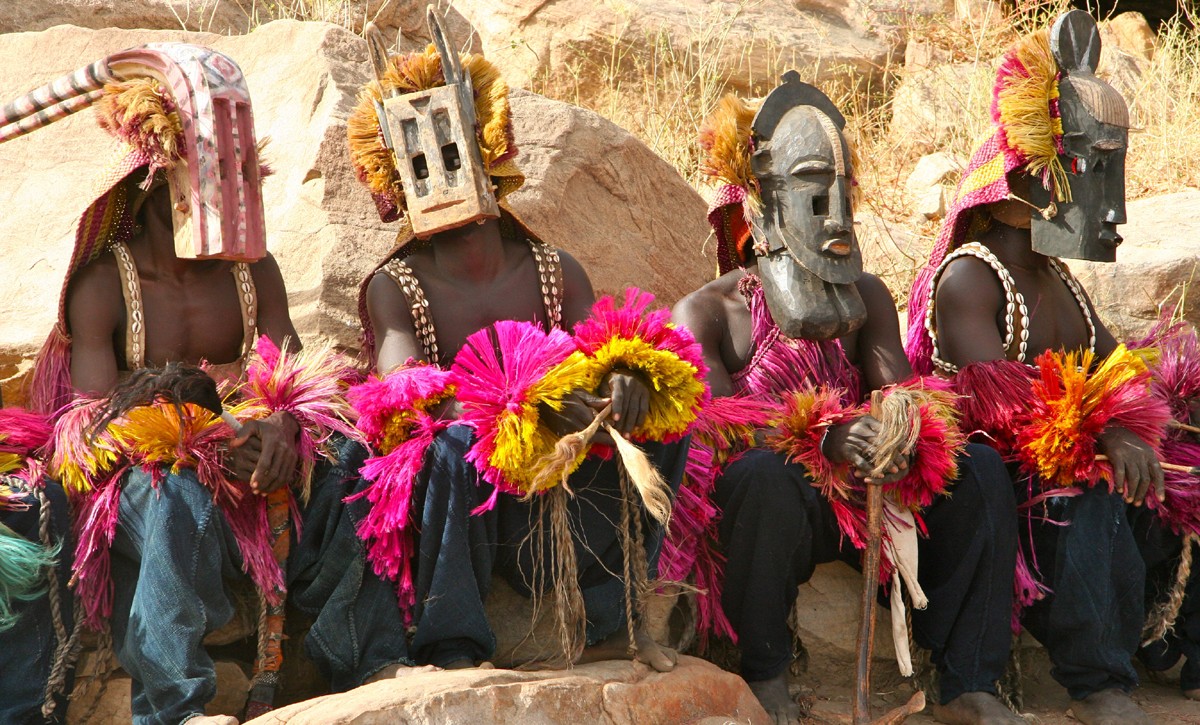
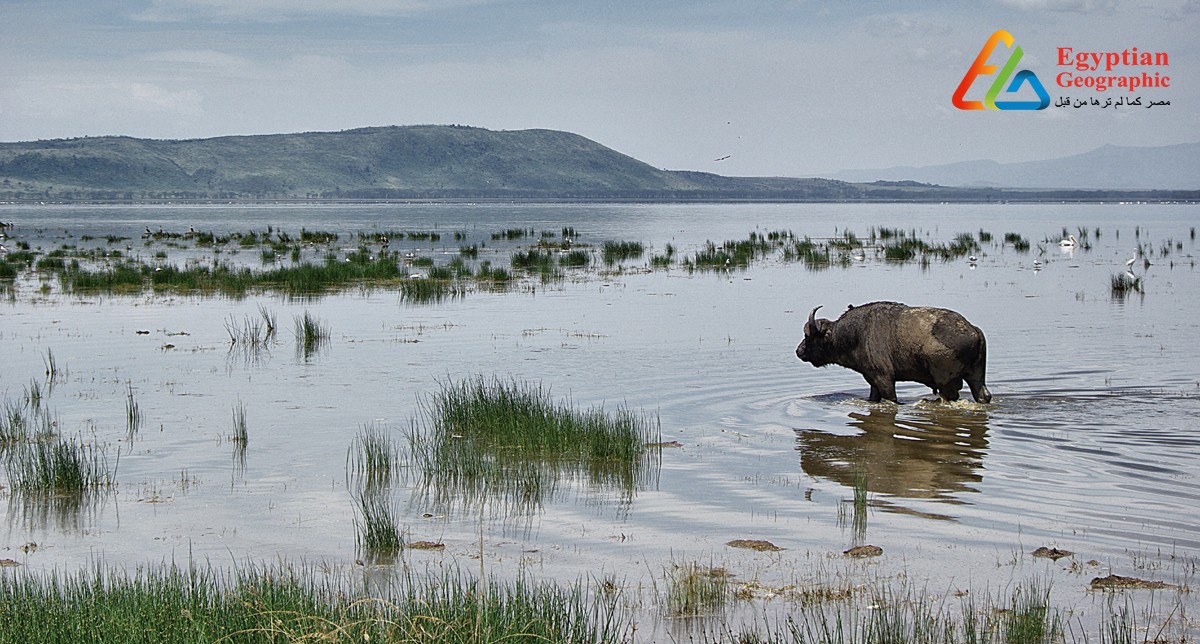













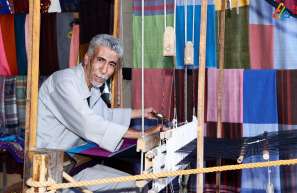
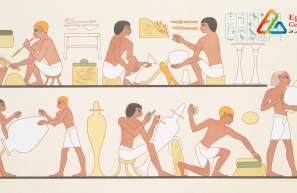


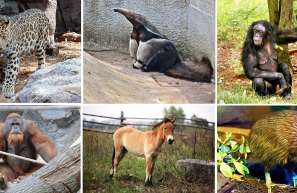
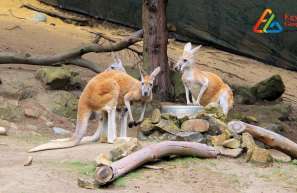








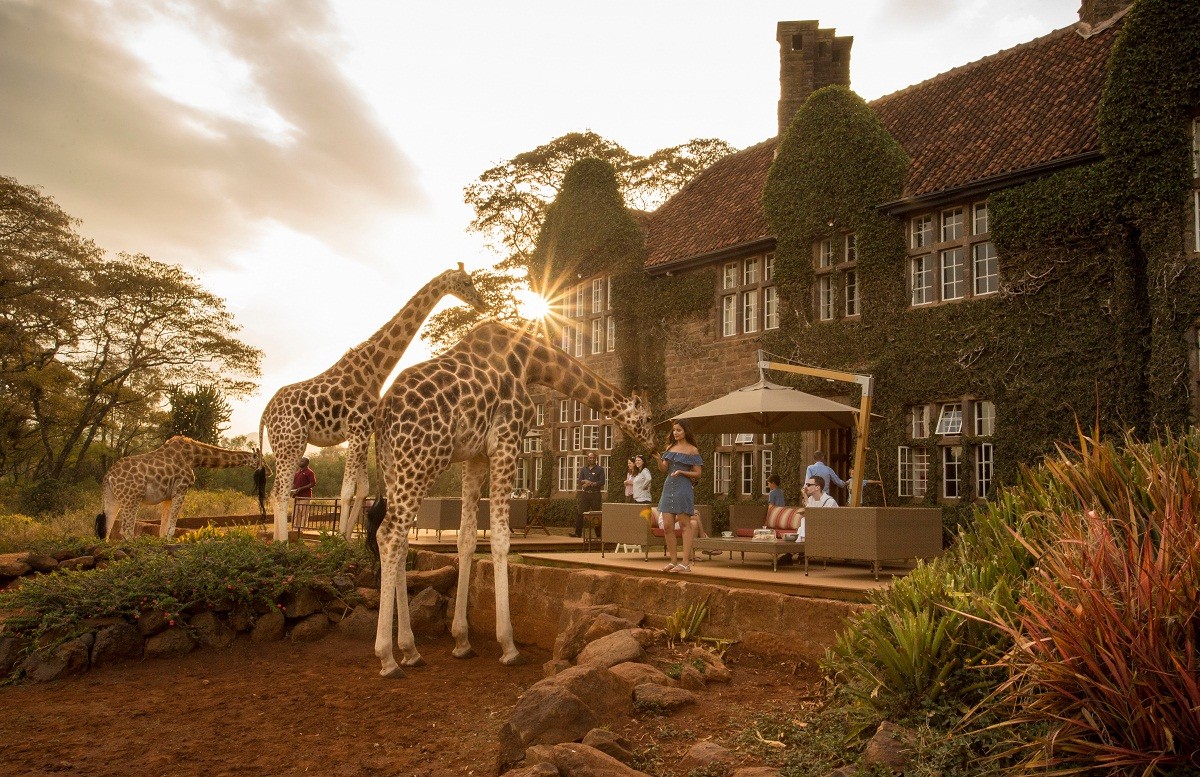
مجلة علمية معرفية وثائقية تتناول الشخصية المصرية